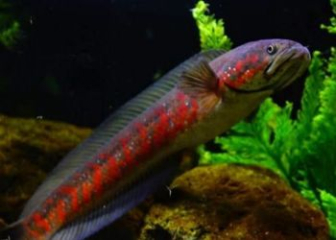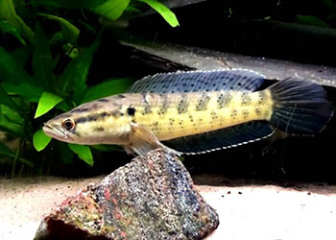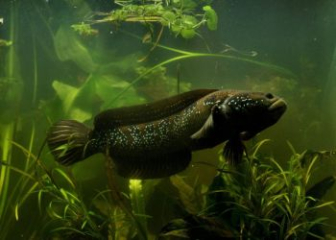Channa torsaensis (Cobalt Blue Channa), a dwarf snakehead fish from India, has striking color with cobalt blue fins , and a gentle, calm temperament.
Channa torsaensis (Cobalt Blue Channa), a new species of dwarf snakehead fish discovered in 2016 in Dakshin Barajhar forest, India. Possessing an impressive appearance with eye-catching cobalt blue fins and a wild nature that has not been domesticated much, this fish has aroused the passion of many professional collectors.
To better understand the cobalt blue snakehead fish (Channa torsaensis), please read the details in the content that ornamental snakehead fish shares below!
Information about snakehead fish Channa torsaensis :
| Scientific name |
Channa torsaensis |
| English name |
Cobalt Blue Channa |
| Other Names |
Neel Chang, Cobalt Blue Snakehead Fish |
| Surname |
Channidae |
| Source |
India |
| Size |
Average 20 cm |
| Behavior |
Calm, quite gentle, lives in stable couples, likes cool water |
Origin and distribution of snakehead fish Channa torsaensis

Cobalt blue snakehead fish originates from India.
Snakehead fish Channa torsaensis or Cobalt Blue Channa in English, local name (Bengali) is Neel Chang, originated in Dakshin Barajhar forest, West Bengal state, India.
In nature, they often live in streams located in dense forests, with clear water, slow currents, and a diverse bottom layer with gravel, sand, pebbles, soil, and large rocks.
Nowadays, thanks to its beautiful, wild appearance and interesting habits, Cobalt Blue Channa has gradually become one of the hot ornamental snakehead fish breeds sought after by professional hobbyists.
Appearance of snakehead fish Channa torsaensis
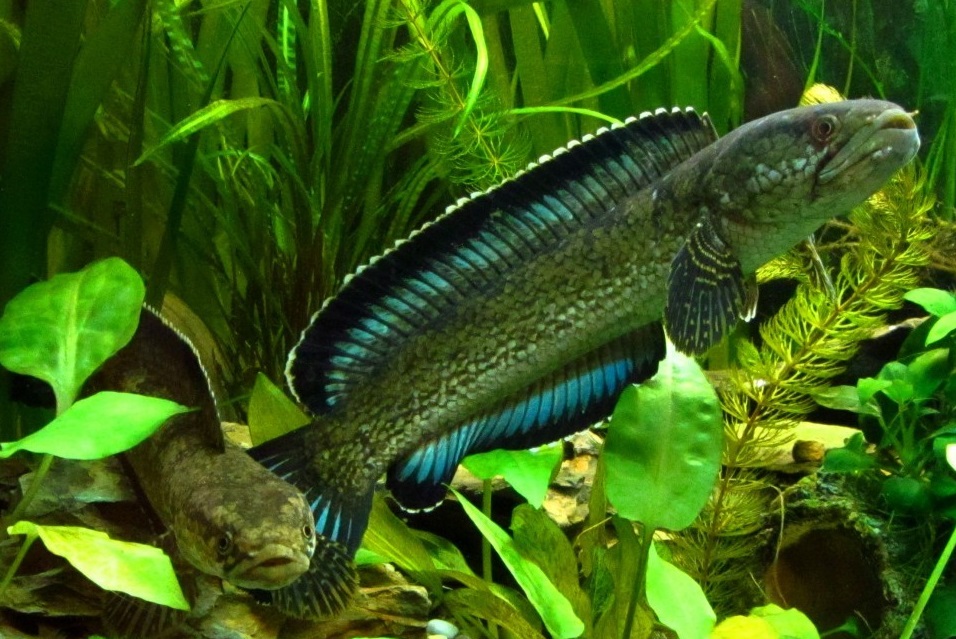
The impressive appearance of the Channa torsaensis fish with its colorful fins.
Below is a detailed description of the appearance of the Channa torsaensis fish. Let's learn more to easily recognize it among dozens of different snakehead fish species.
- Size : Average 20 cm in adult fish.
- Shape : Body is long and tapered, front body is round, back body is flattened towards the tail.
- Head : Large, with many plate-like scales
- Color : The fish's body is blue-gray or bronze brown, covered with dark stripes creating a mottled pattern evenly distributed along the body.
- Dorsal & anal fins : Run along the body, light blue to light blue, with distinct dark blue edges, some individuals also have a slight orange edge when exposed to strong light.
- Caudal fin : Has striped pattern combining different dark and light color bands.
- Pelvic and pectoral fins : More bluish in color, tending towards pink or pinkish gray.
- Head : Large, pointed snout, with many plate-like scales
- Eyes: large, clear, with bright rims, can see well in low light conditions.
Snakehead fish Channa torsaensis behavior

A pair of cobalt blue snakehead fish living together in the same tank.
Let's see if Channa torsaensis has any special behaviors and habits that are different from other fish in the snakehead family.
Moderately territorial
In general, Channa torsaensis is quite gentle, not as aggressive as some other large snakehead fish. Its territoriality is also at an average level, only competing for space during the breeding season or when kept in a tank with too little space, generally it is gentle.
Lasting Match
When mature, Channa torsaensis often tend to pair up in male and female pairs and live together for a long time, reproduce together, protect the fry and defend the territory.
However, if you want to raise them in pairs, you should choose pairs of fish that have been mated before to limit conflicts.
Prefers low light and hiding
Channa torsaensis chit prefers habitats with soft, soft or even dim light. It spends most of its time in caves, crevices or hiding in dense aquatic vegetation to rest and hide from predators.
Quite calm
Cobalt Blue Channa moves very slowly, rarely swimming vigorously, it mainly swims, crawls close to the bottom or stands still in one place to observe. It can even "lie still" for hours, making many people mistakenly think that the fish is stressed, tired or not used to the environment, but in fact this is a very normal behavior.
Cold tolerant, likes cool water
Channa torsaensis originates from streams in the Bengal rainforest, so they can withstand cold very well, because the temperature there can drop below 18 degrees Celsius in winter. When the temperature is higher than 28 degrees Celsius, the fish will be stressed and lose color, so please be careful.
Instructions for raising snakehead fish Channa torsaensis from A to Z
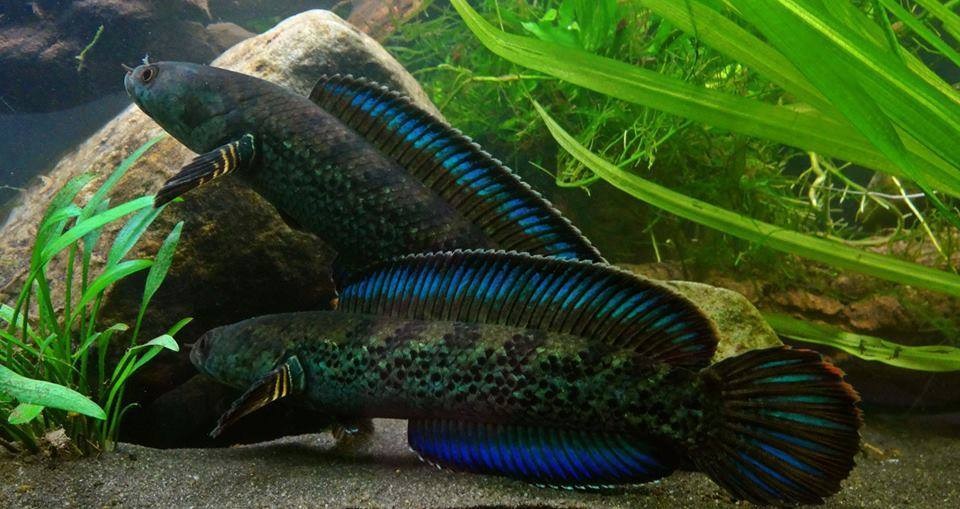
Channa torsaensis fish is lying on the bottom.
If you are interested in how to raise Channa torsaensis fish to grow healthily and have beautiful colors, please refer to the detailed instructions below.
Basic aquarium setup
First, you need to prepare a suitable tank for Channa torsaensis fish by meeting the following basic conditions:
- Tank size : 80 x 40 x 40 cm for 1 or 1 pair of fish
- Volume : From 150 - 200 liters or more.
- Light : Choose LED lights with moderate to weak light, do not use lights with strong light.
- Tank Cover : The tank needs to have a tight-fitting lid because the fish have the ability to jump high out of the water.
- Decoration : The tank needs driftwood, large rocks, tube caves, and rotten dry leaves to create shelter for the fish. The tank floor should be made of small gravel, fine sand, and dark in color. Plant aquatic plants that can withstand low light to create shelter for the fish.
- Filtration and aeration system : Required to ensure clean and stable water quality.
- Cooler : Required because fish like cool water environment.
Optimal water parameters
Once you have a suitable tank, you need to pay attention to the water quality in the tank and if you want Channa torsaensis to grow well, you need to meet the following basic criteria:
- Temperature : 18 - 24 degrees Celsius, keep water cool
- pH : 6.0 - 7.5
- Hardness : 4 - 10 dGH
- Avoid : Creating strong water currents as fish prefer slow or still water.
What do Channa torsaensis fish eat?
Like other fish in the snakehead family, Cobalt Blue Channa is a carnivorous and predatory species, so when raising them in an artificial tank, you should feed them the following foods:
- Insects such as crickets, superworms, earthworms
- Live shrimp, baby bait fish (clean)
- Occasionally feed with chopped fresh meat.
- Pelleted feed specifically for channa line, sinking type, rich in protein.
Note :
- Absolutely do not abuse bait fish because they easily carry pathogens.
- Fish should be fed twice a day, avoid overfeeding.
Health care, disease prevention for snakehead fish Channa torsaensis
Below are some common diseases in Channa torsaensis and effective ways to prevent them. Let's learn more to know how to take better care of this fish species.
Optimal disease prevention :
- Keep the environment stable, avoid sudden changes in parameters such as temperature and pH to limit fish stress.
- Quarantine newly purchased fish for 7 - 14 days before releasing them into the tank to avoid disease transmission.
- Add vitamin C, fresh garlic or garlic extract to your fish's diet to boost their immune system.
- Observe fish every day to detect early signs of abnormalities in fish.
- Change water and clean tank regularly to maintain optimal water quality.
Common diseases in Channa torsaensis and how to treat them :
| Disease name |
Reason |
Symptom |
How to handle and treat |
| Intestinal infection |
Unsanitary bait fish
Fish eat too much, poor digestive system
Fish infected with intestinal bacteria such as Aeromonas, Pseudomonas
|
Abnormally swollen fish belly
Fish stop eating
Fish has white, slimy stools.
Lazy fish
|
Stop feeding fish for 2 - 3 days
Bathe fish with Epsom salt water at a dose of 1 - 2 g/l for 3 - 5 consecutive days.
Give fish a mild antibiotic if necessary.
|
| Fish with skin fungus, fin fungus |
Due to dirty water, pollution
Due to sudden changes in temperature and pH
Because the fish has open wounds that allow bacteria to grow.
|
Fish have white cotton patches on skin, fins, head
Fish are itchy, often rubbing themselves against driftwood and rocks.
|
Slightly increase the temperature to 28 degrees Celsius for 4 - 5 days
Bathe fish with diluted potassium permanganate or diluted salt.
Use specialized fish fungus medicine
|
| Fish infected with parasites |
Fish are cross-contaminated from unsanitary live food sources.
Newly purchased fish that have not been quarantined have been released into the tank.
|
Fish swim jerkily, often shaking their heads and rubbing themselves against rocks.
Dull fish skin, lethargic fish
Parasites can be seen on fins, skin, gills.
|
Isolate sick fish
Bathe fish with 10 ppm Formalin for about 1 hour
Use potassium permanganate, a drug to treat parasites in fish
|
Price of snakehead fish Channa torsaensis
Currently, Channa torsaensis fish is not popular in Vietnam so there is no exact information about their price. However, in the international market, the price of fish will fluctuate between 800 - 1,500 INR (About 240,000 - 280,000 VND) for 1 fish, this price will change depending on their size, color and rarity.
Image of snakehead fish Channa torsaensis
Let's admire the impressive beauty of Channa torsaensis snakehead fish, a fish species famous for its wild beauty and outstanding cobalt blue color, attracting the attention of many professional aquarium hobbyists.
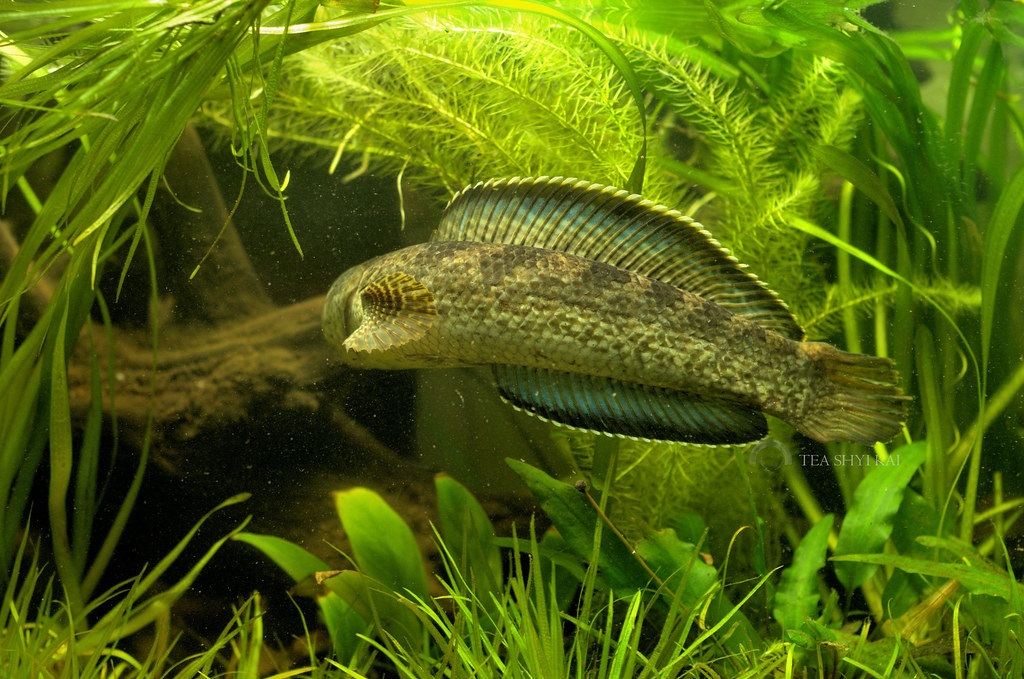
A coltban blue snakehead with graceful swimming form.

Two Channa torsaensis fish are hiding among the aquatic plants.
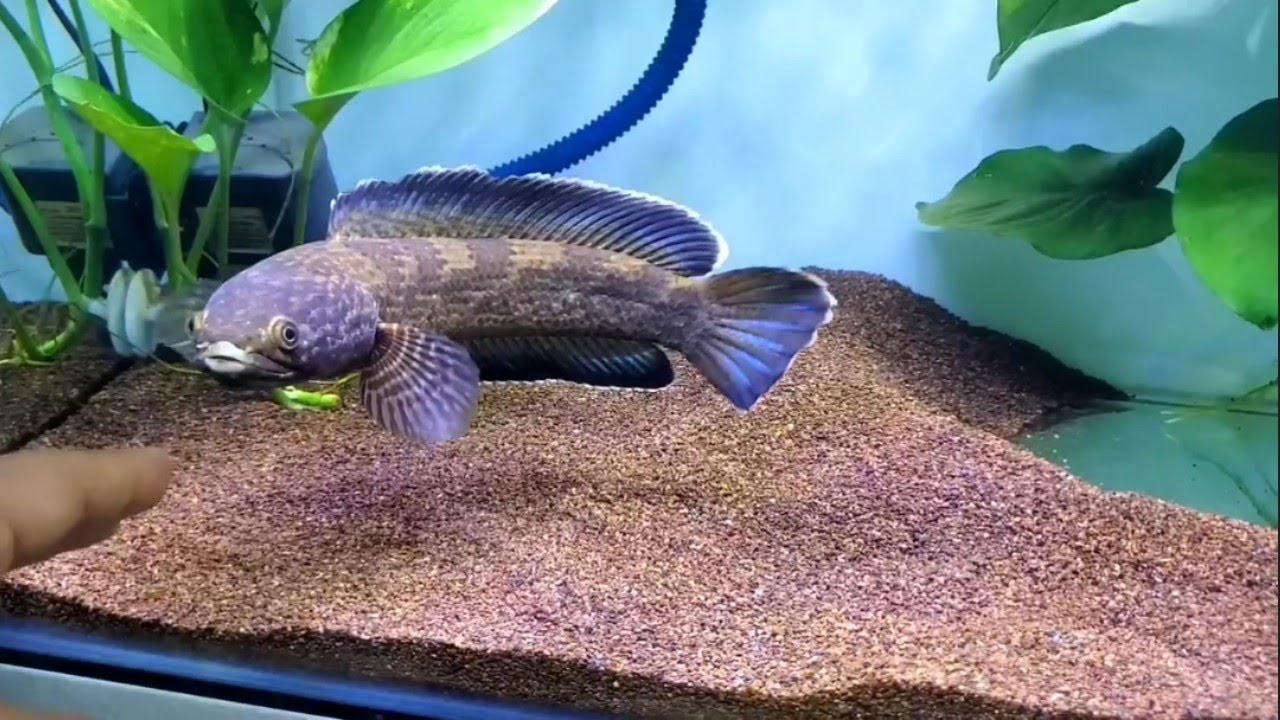
A Channa torsaensis fish swimming around in a tank.
Thus, through the article on snakehead.info, we have shared with you all the information about the snakehead fish Channa torsaensis, this is not only a beautiful ornamental snakehead fish but it also represents the wildness and the ability to conquer of experienced fish players. If you have the opportunity, try raising cobalt blue snakehead fish to fully experience its beauty.
Don't forget to visit our Blog section to learn more about other ornamental snakehead fish species, thereby gaining more experience in raising ornamental fish.







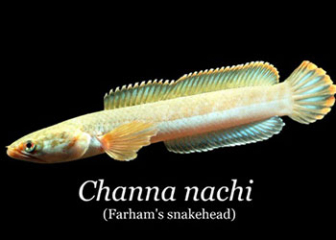


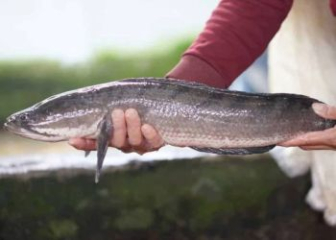
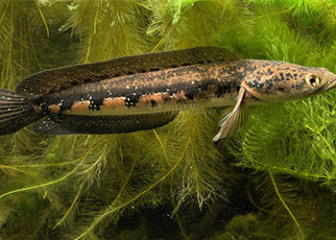

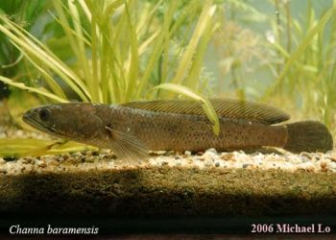
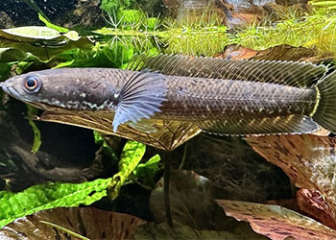
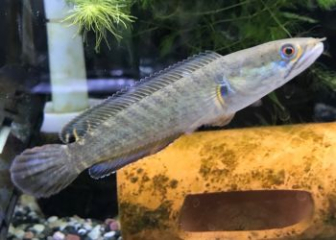
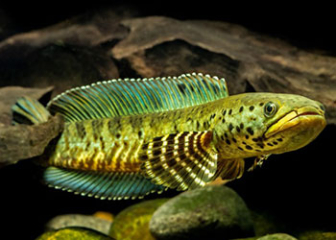
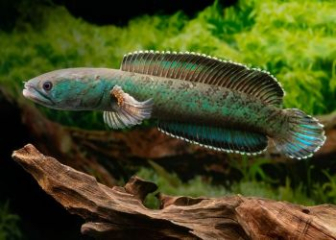

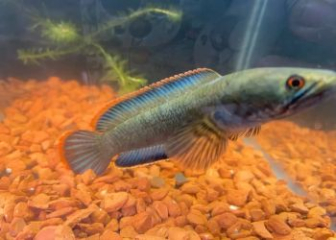
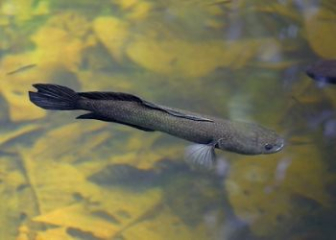
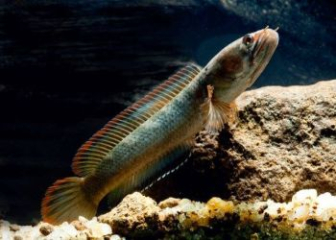
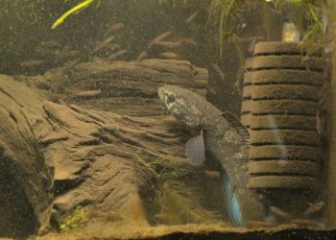
_350x250.jpg)
